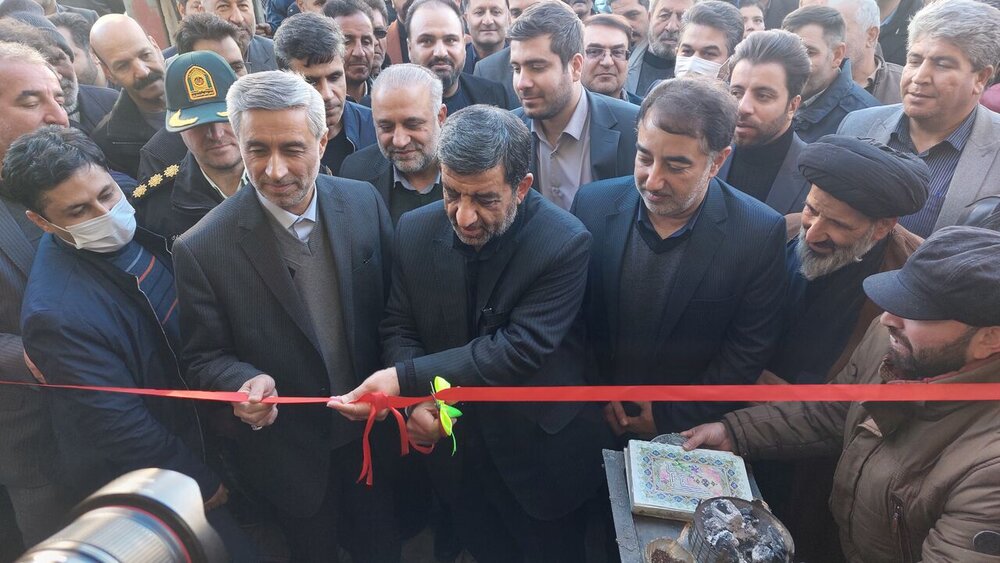Minister inaugurates ancient underground city as new destination

TEHRAN – Iran’s Cultural Heritage, Tourism, and Handicrafts Minister Ezzatollah Zarghami, on Thursday, inaugurated the first phase of the Samen underground city during his visit to the west-central Iranian province of Hamedan.
A budget of 25 billion rials ($62,500) has been spent so far on the excavation, restoration, protection, and preparation of the ancient troglodytic settlement, which dates back to the Parthian era (247 BC – 224 CE), the deputy provincial tourism chief said during the inauguration ceremony, IRNA reported on Friday.
A unique complex with human skeletons and granite stone structures, the underground city of Samen has been prepared for a public visit in this phase with two workshops and 30 rooms, Ali Khaksar added.
Since 2007, the excavations of Samen have been going on continuously, and until 2015, six seasons of archaeological surveys have been conducted, he mentioned.
To date, the necessary restorations and protection plans have been completed on this valuable structure, he noted.
Since the human skeletons discovered in this underground city were severely eroded, with the help of cultural heritage experts and restorers, a study and documentation of the skeletons and bones were carried out in their place, he explained.
The skeletons then were moved to the province’s cultural heritage department and will be returned to the underground city after preparation and full restoration, he said.
Samen subterranean settlement has 25 rock-carved rooms, interlinked tunnels, and corridors.
The subterranean complex appears to have been first used for religious purposes, then as a cemetery, and finally as a shelter during emergencies.
The underground complex, located 400 km west of Tehran, is believed to be built sometime between the fall of the Achaemenid Empire (550-330 BC) and the early Parthian era (247 BC-224 CE).
Excavations at the site began in 2005 and were still going on. So far, tens of well-preserved skeletons have been retrieved from its interconnected chambers.
Iran is a haven for ancient troglodytic architecture which is somewhat forgotten, though they are filled with life and creativity. The northwest Kandovan village is one of the most famous examples of troglodytic architecture in the country; its ice-cream cone-shaped homes resemble that of Turkey’s Cappadocia.
Known in classical times as Ecbatana, Hamedan was one of the ancient world’s greatest cities. Pitifully little remains from antiquity, but significant parts of the city center are given over to excavations. Ecbatana was the capital of Media and subsequently a summer residence of the Achaemenian kings who ruled Persia from 553 to 330 BC.
ABU/AM
Leave a Comment